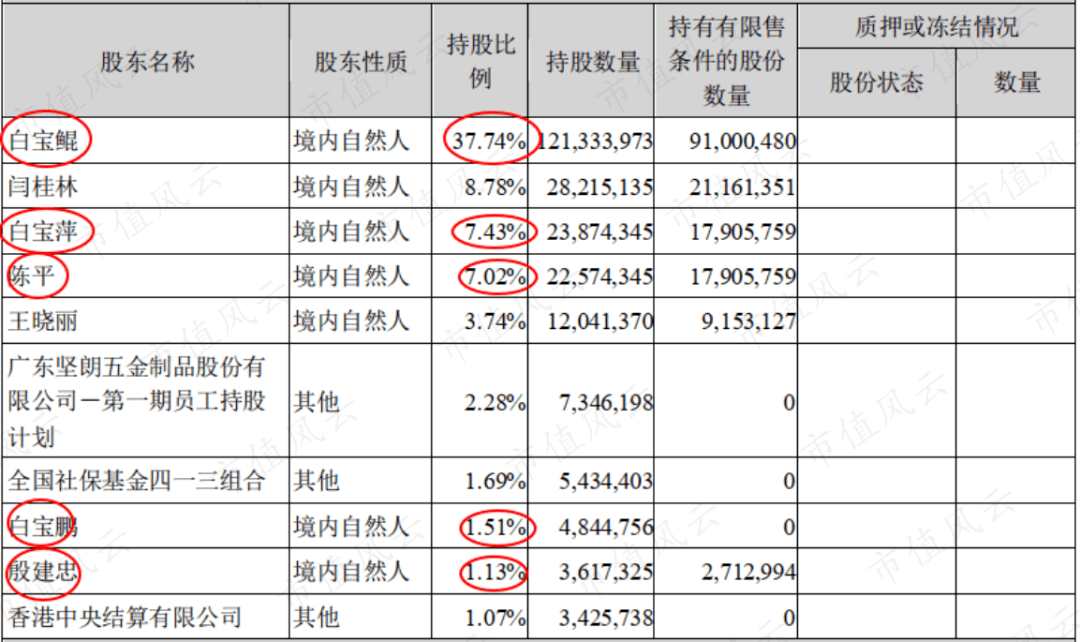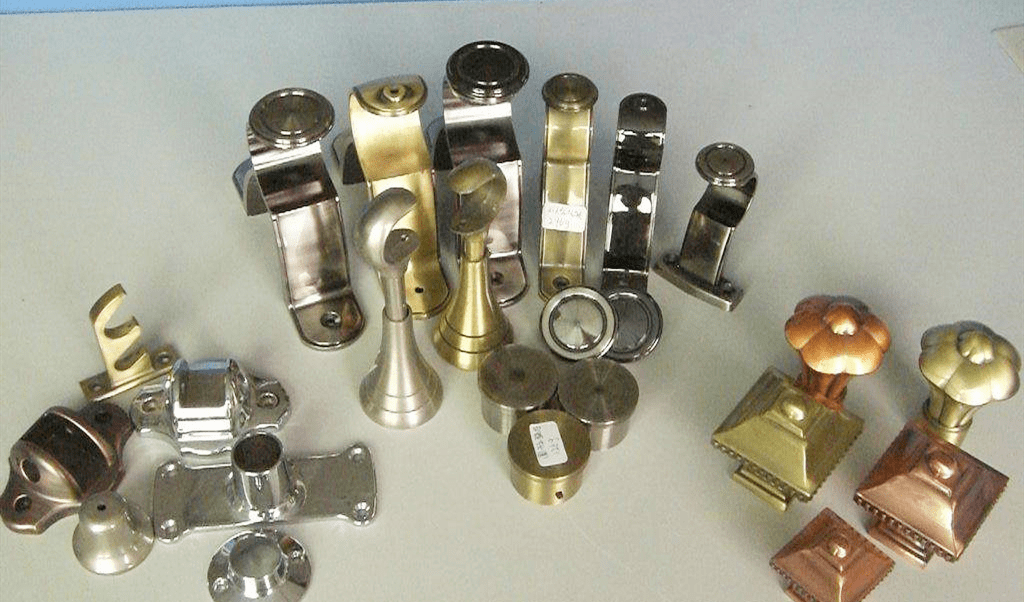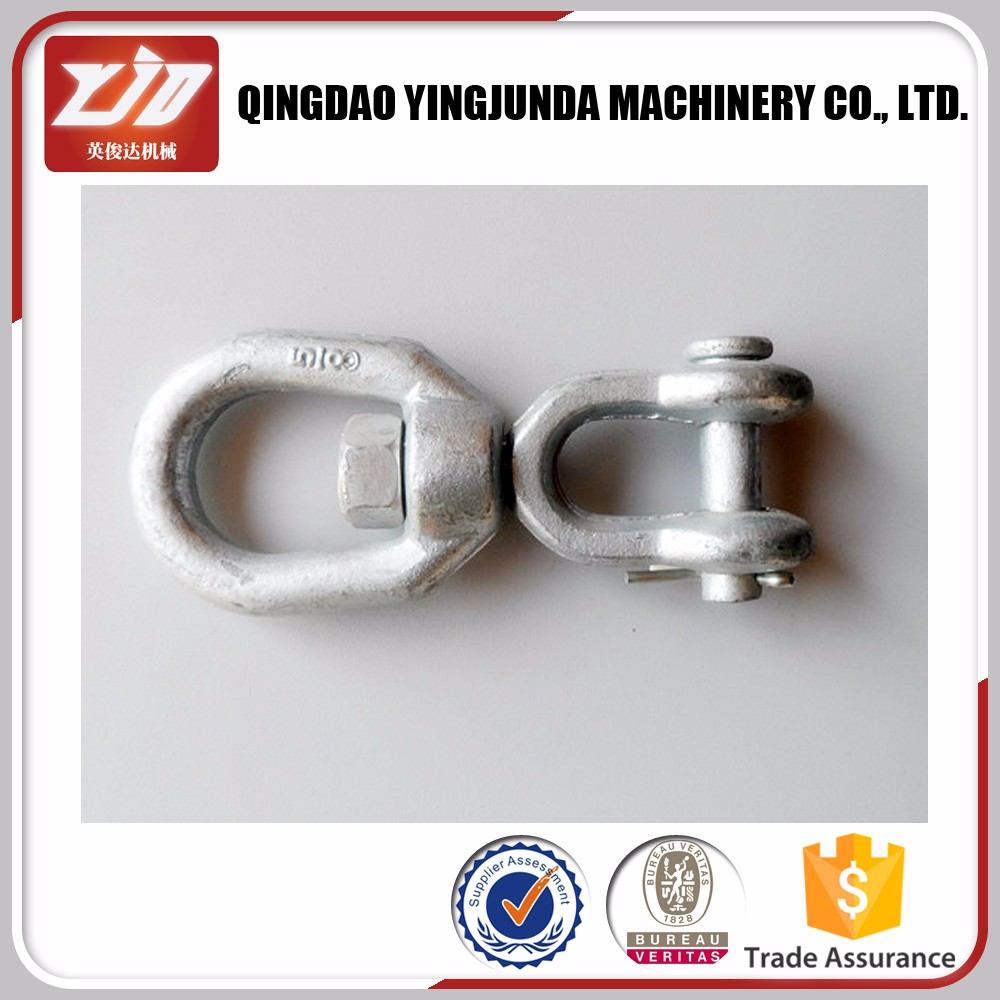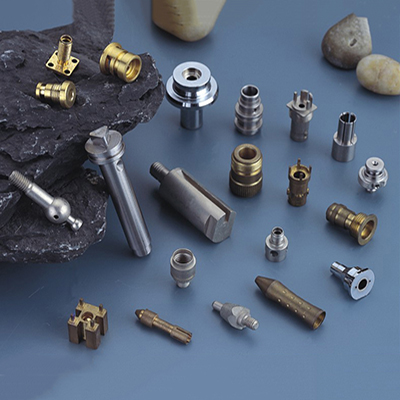Classification of Hardware Fittings
This article introduces the classification of hardware fittings, which are important components in various mechanical and construction applications. The article explains the different types of hardware fittings, their functions, and the criteria for selecting suitable fittings. It also highlights the importance of considering factors such as material, size, and shape when selecting hardware fittings. Finally, the article discusses the benefits of using high-quality hardware fittings and how to ensure their longevity.
Hardware fittings are essential components in various mechanical and construction applications. They are used to connect, support, or fasten various elements together to ensure smooth operation and durability of the structure. This article provides an overview of the classifications of hardware fittings commonly used in different industries.

1. Fasteners
Fasteners are hardware fittings that are used to secure two or more components together. They include screws, bolts, nails, and rivets. Screws are fasteners with a threaded shaft and are commonly used in wood, metal, and plastic materials. Bolts are similar to screws but have a larger diameter and are typically used in heavy-duty applications. Nails are long, thin fasteners used primarily in wood construction. Rivets are fasteners that are permanently fixed in place by bending or upsetting the material around them.
2. Bearings
Bearings are hardware fittings that support rotating shafts and provide smooth, low-friction movement. They are classified based on their type of operation (radial or thrust) and their material (metal, plastic, or ceramic). Radial bearings support shafts that rotate perpendicular to the axis of the bearing, while thrust bearings support shafts that rotate parallel to the axis of the bearing. Metal bearings are commonly used in industrial applications due to their high load capacity and durability. Plastic bearings are lighter in weight and have lower friction than metal bearings but may not be suitable for high-temperature or high-load applications. Ceramic bearings have high precision and low thermal expansion but are typically used in specialized applications due to their high cost and fragility.
3. Gaskets
Gaskets are hardware fittings that provide a sealing surface between two mating components. They are made from a variety of materials, including metal, plastic, and rubber, depending on the application and requirements. Metal gaskets are commonly used in high-pressure or high-temperature applications due to their durability and resistance to compression set. Plastic gaskets are lightweight and have good chemical resistance but may not be suitable for high-pressure applications due to their low load capacity. Rubber gaskets have good elasticity and sealing performance but may be limited in their use due to their susceptibility to heat aging and compression set.
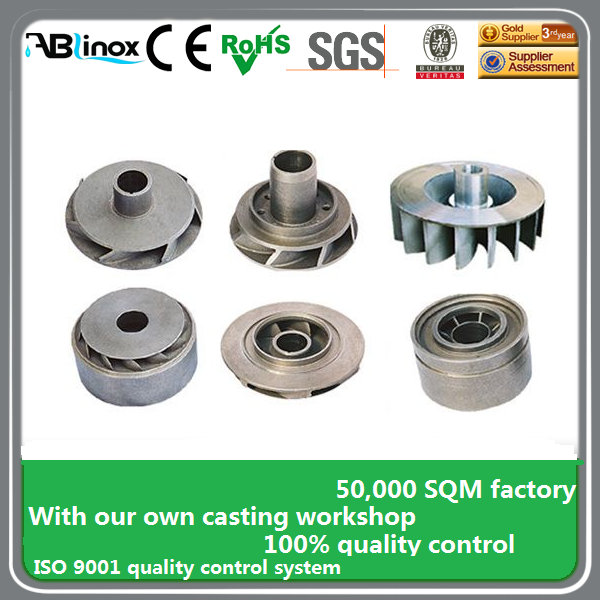
4. Pipes and Tubes
Pipes and tubes are hardware fittings that transport fluids or gases from one place to another. They are classified based on their material (metal, plastic, or composite), shape (round, square, or rectangular), and size (diameter or cross-sectional area). Metal pipes is commonly used in plumbing, heating, and industrial applications due to its durability and resistance to corrosion. Plastic pipes is lightweight and has good chemical resistance but may not be suitable for high-pressure or high-temperature applications due to its low load capacity. Composite pipes combines the benefits of both metal and plastic pipes but may be more expensive due to its complex manufacturing process.
5. Seals
Seals are hardware fittings that provide a barrier between two mating surfaces to prevent leakage of fluids or gases. They are made from a variety of materials, including rubber, plastic, and metal, depending on the application and requirements. Rubber seals have good elasticity and sealing performance but may be limited in their use due to their susceptibility to heat aging and compression set. Plastic seals are lightweight and have good chemical resistance but may not be suitable for high-pressure applications due to their low load capacity. Metal seals have high load capacity and resistance to corrosion but may be more expensive due to their material cost and manufacturing process.
In conclusion, hardware fittings are essential components in various mechanical and construction applications. They perform a wide range of functions, including connecting, supporting, or fastening elements together to ensure smooth operation and durability of the structure. By understanding the classifications of hardware fittings commonly used in different industries, it is possible to select the appropriate type for a specific application based on its material, shape, size, load capacity, and other factors.
Articles related to the knowledge points of this article:
Title: The Jewelry Industry: A Glimpse into the Craftsmanship of Pearl Necklace Hardware Factories
Title: Shenzhens Informationization of Hardware Parts Planning
